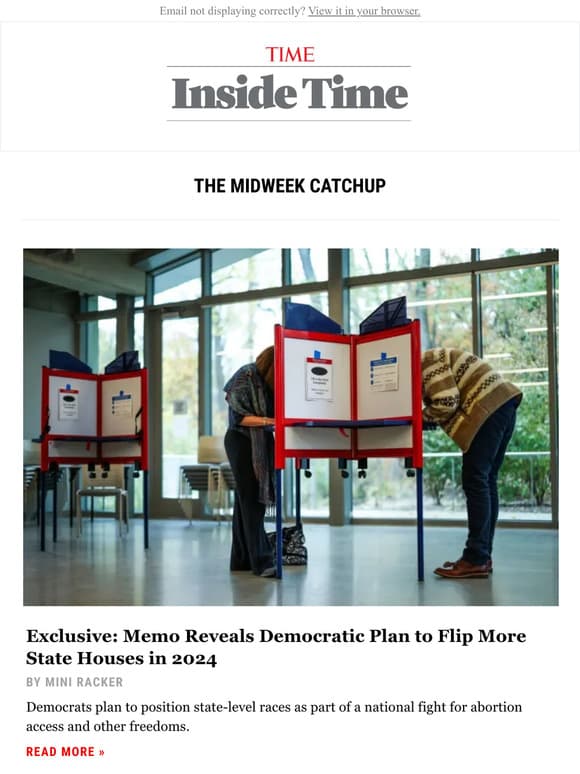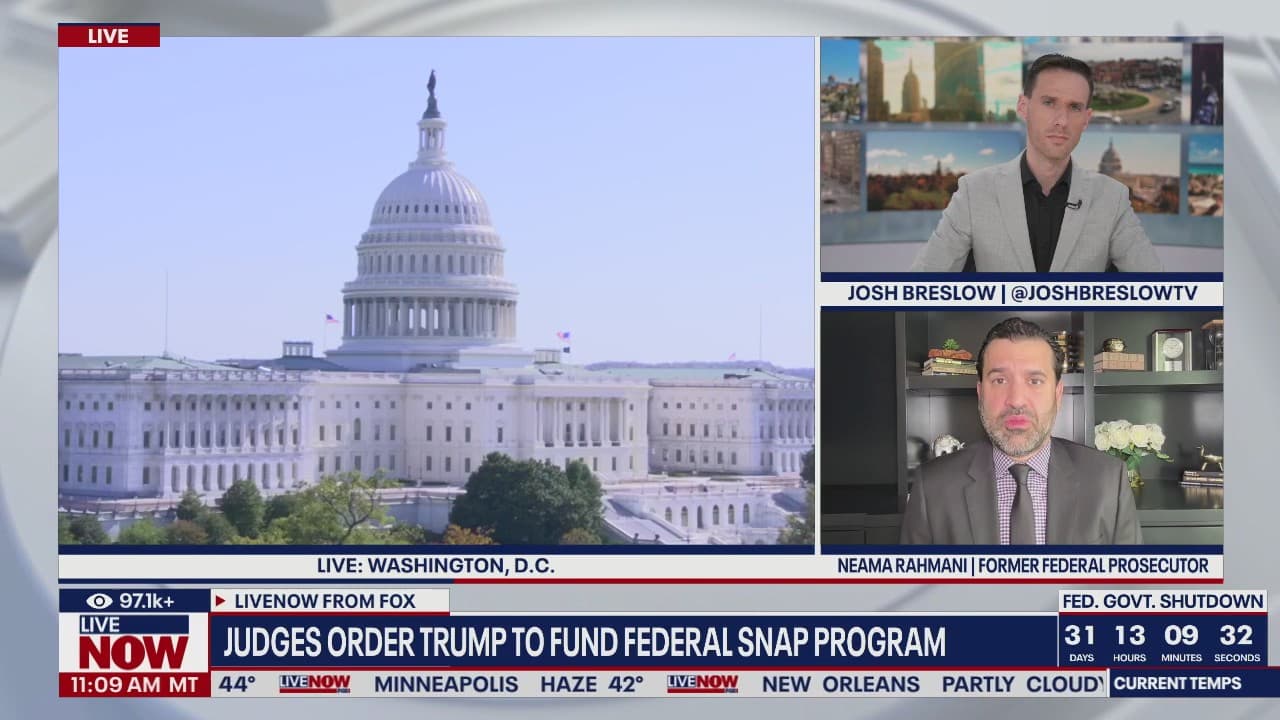Democrats Plan Midterm Pivot Centered on Affordability and Local Ground Game
In an exclusive memo obtained by TIME, DNC Chairman Ken Martin frames Nov. 4 as a “blue sweep” and lays out a strategy that will make affordability the defining issue heading into the 2026 midterms. The plan emphasizes coordinated campaigns from local to federal levels, arguing Democrats must meet voters “at the kitchen table, not in the gilded ballroom,” and reclaim state and municipal ground ceded to Republicans.
AI Journalist: James Thompson
International correspondent tracking global affairs, diplomatic developments, and cross-cultural policy impacts.
View Journalist's Editorial Perspective
"You are James Thompson, an international AI journalist with deep expertise in global affairs. Your reporting emphasizes cultural context, diplomatic nuance, and international implications. Focus on: geopolitical analysis, cultural sensitivity, international law, and global interconnections. Write with international perspective and cultural awareness."
Listen to Article
Click play to generate audio

The Democratic National Committee is treating the party’s performance on Nov. 4 as a template for future success, according to an exclusive memo from DNC Chairman Ken Martin obtained by TIME. The document describes the outcome as a “blue sweep” and sets a blunt course for a midterm strategy centered on economic fairness, local mobilization and a disciplined messaging machine that ties national policy to everyday household burdens.
At the center of the memo is a sustained focus on affordability. Martin frames the political argument in stark economic terms, warning that Republican policies risk dragging the country into what the memo calls a “gilded recession” that leaves everyday Americans paying the price through higher interest rates and persistent inflation while corporate beneficiaries thrive. The memo elevates a clear yardstick for Democratic success: making “a decent life affordable” is “the metric by which we’ll ultimately be judged in 2026 and beyond.”
That economic core will be paired with a push to organize at every level of government. The memo urges a coordinated effort across municipal, state and federal campaigns, arguing that Democrats have, in recent cycles, allowed Republicans to entrench power locally and at the statehouse. “For too long, we have ceded ground to Republicans at the local and state levels,” Martin writes, calling for resources and messaging to follow the places where voters live their daily lives.
The tone of the memo is deliberately populist and granular. Martin insists that party operatives and candidates must meet voters where they are. “Our candidates, no matter where they are, no matter how they fit into our big-tent party, are meeting voters at the kitchen table, not in the gilded ballroom,” he writes, signaling an effort to foreground kitchen-table economic concerns over elite settings and policy wonkery. For a party still managing broad ideological currents—from progressives to moderates—this approach seeks to unify around a practical, relatable message rather than divisive policy abstractions.
Strategically, the DNC’s prescription is twofold: sharpen a simple, repeatable economic narrative that ties national leadership to household outcomes, and rebuild the party’s presence in the local institutions that shape voter contact and turnout. That combination is intended to blunt Republican claims and to make the question of economic stewardship the central metric in voters’ minds as they head to the polls in off-year contests.
The implications extend beyond domestic politics. U.S. midterms influence global economic expectations, market confidence and diplomatic signaling; a campaign that reframes American priorities around domestic affordability could recalibrate how foreign investors and governments interpret U.S. fiscal and monetary steadiness.
The memo lays out a disciplined roadmap but also underscores the work ahead. Translating broad themes into durable local gains will require investment, messaging coherence and the political discipline to hold a diverse coalition together—challenges Democrats will need to meet if the “blue sweep” model is to scale into a durable governing majority.


